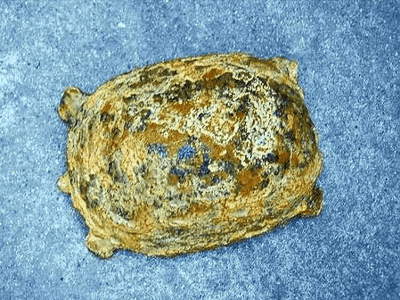A fossil of the giant pterosaur 'Dragon of Death' with a wingspan of 9 meters is found in Argentina

The largest fossil pterosaur species ever found in South America has been excavated. With a wing length of 9 meters, this fossil belongs to a creature called the 'Dragon of Death' among paleontologists, and is said to have inhabited the late Cretaceous period, about 146 to 66 million years ago.
Thanatosdrakon amaru, gen. et sp. Nov., a giant azhdarchid pterosaur from the Upper Cretaceous of Argentina --ScienceDirect
Giant'dragon of death' with 30-foot wingspan unearthed in Argentina | Live Science
https://www.livescience.com/death-dragon-pterosaur-in-argentina
The fossils belong to two pterosaurs and were found in an archaeological excavation conducted about 800 kilometers away from the city of Mendoza in northern Argentina. Paleontologist Leonard D. Ortiz David was in charge of the excavation and found some fossils in the sediment.

The fossil pterosaurs had wing lengths of about 7 meters and 9 meters, respectively, and the bones of the arms and legs were almost in perfect condition. A team of excavated scientists have identified this pterosaur as an individual of the
Mr. David lined up in front of a full-scale model of Thanatosdrakon amaru

According to David, the two fossilized Thanatosdrakon amaru had no indication of a parent-child relationship. However, it turned out that the smaller fossils belonged to a slightly younger individual.
'Two facts that sleep in this fossil have caught our attention. The first is the size and preservation of the body, which is hard to find in this type of vertebrate. Two The eye is that the fossils of giant pterosaurs are basically excavated only in fragments, so it is a very rare case to be excavated in such a large amount. '
The excavated fossils are stored at the Dinosaur Research Institute of Kuyo National University in Mendoza City, and a full-scale model will be cast and exhibited at the museum in order to preserve the fossil specimens.
Related Posts:







